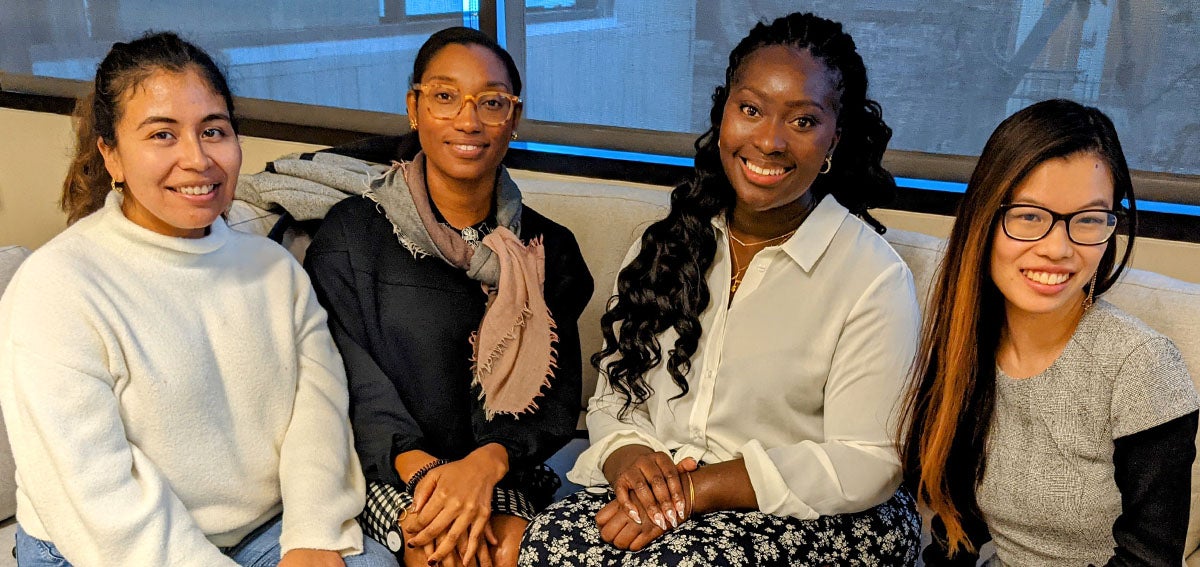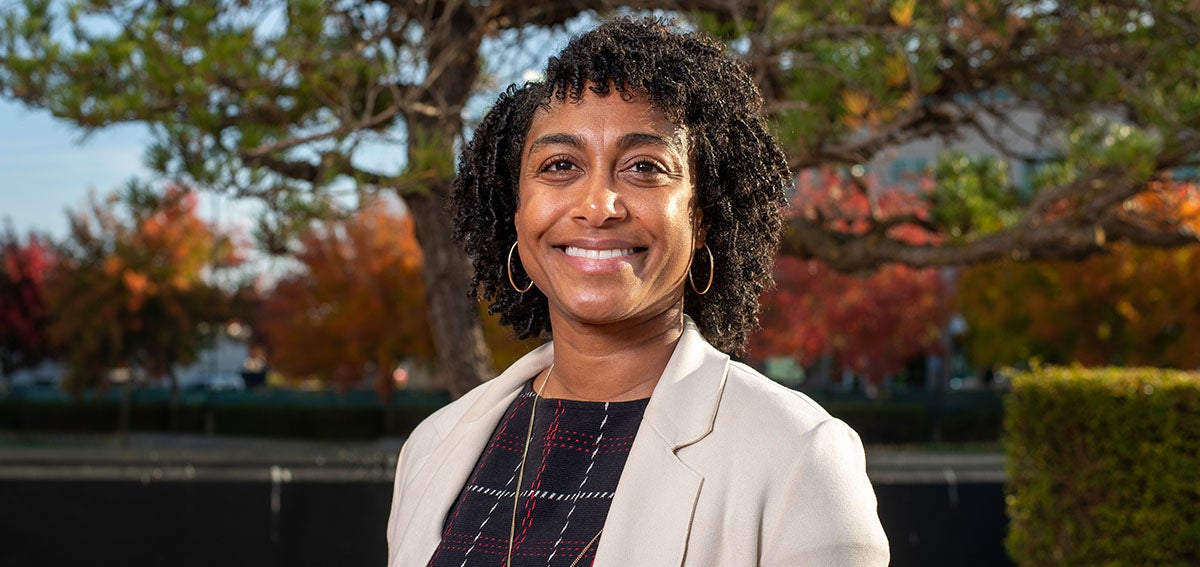
Times like these remind us of the myriad ways in which our health and well-being are interconnected. The sacrifices Californians are making to prevent COVID-19 transmission and save the lives of people they may never know are simply extraordinary.
We know, however, that the suffering and sacrifice created by the pandemic are not fairly distributed. Long before this public health crisis erupted, people of color in the US faced disproportionately steep barriers to good health. COVID-19 has brought these inequalities into stark relief, offering compelling evidence of stubborn structural discrimination.
The pandemic has created a perfect storm of irrefutable evidence that people of color are caught in a web of social inequality.
This week, we’ve gotten reports from across the nation showing that COVID-19 is disproportionately infecting and killing people of color, despite the fact that the virus is equally infectious. The drivers of this unacceptable disparity are societal. People of color are more likely to be exposed to the novel coronavirus because of where they live and work. They are more likely to have chronic health conditions that worsen the impact of a COVID-19 infection. And they are less likely to have access to care that might save their lives.
The pandemic has created a perfect storm of irrefutable evidence that people of color are caught in a web of social inequality. The fact that many immigrants were excluded from federal relief efforts only serves to make matters worse. If the shock of COVID-19 leads to a sustained economic downturn, people of color will disproportionately feel that hardship as well.
The reality is that people of color are shouldering so much of the responsibility for the essential services we all depend on in this emergency, like the farm and food-service workers who are making it possible for us to eat or the Dreamers who are providing bedside care to hospital patients.
What We Know About California So Far
California has started to release race and ethnicity data on COVID-19 cases. So far, the numbers cover just over 50% of the positive cases and COVID-related deaths for which race and ethnicity data were recorded. In both cases, the percentage of Black, Asian, and Latino Californians who have been diagnosed with COVID-19 or killed by it fell below each group’s share of the state population. Preliminary data from Los Angeles County paints a different picture, however. Their current numbers show Black residents dying at a slightly higher rate than other groups.
In CHCF’s latest survey in California, we were encouraged to see that, so far, there have been no statistically significant differences in testing rates among Black, Asian, Latino, or residents and Californians with low incomes overall.
We should also acknowledge the progress that California has made to ensure that all residents, regardless of immigration status, have access to testing and treatment (PDF) for COVID-19. In addition, the state has already appropriated $50 million for microloans to small businesses left out of the federal relief package, including those operated by undocumented immigrants.
The collection and reporting of race and ethnicity data related to COVID-19 should be done thoughtfully and responsibly. If more complete data show that people of color are contracting COVID-19 at higher rates in California or nationally, we must use that data to make interventions more effective. At the same time, we must also ensure that information does not spark race-baiting and xenophobia or fracture community resolve to comply with the directives of public health leaders. We have to be vigilant about preventing stigma from taking hold.
We recognize that existing data may not fully capture what is happening on the ground in different parts of the state. CHCF will continue to research how people of color in California access and experience their health care, including care related to COVID-19. We also remain committed to finding and spreading solutions that make our health care system more equitable, starting with coverage for all and access to quality care, regardless of race, ethnicity, or income.
The barriers that deny people of color the care they need ultimately affect us all. COVID-19 makes it clear: There is no prosperity without health.
The pandemic is writing a new chapter in our nation’s history. When it comes to health disparities, together we must write a new ending for this story.
Authors & Contributors







